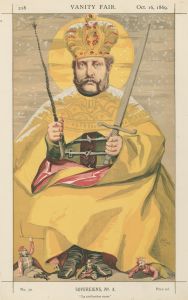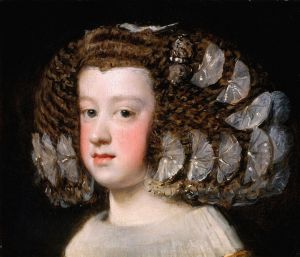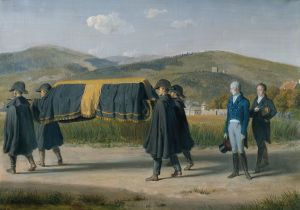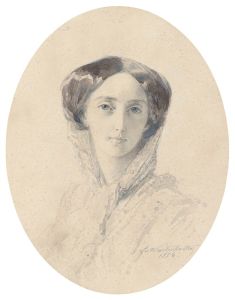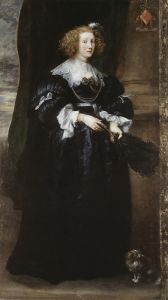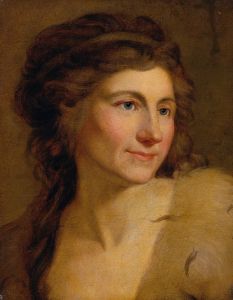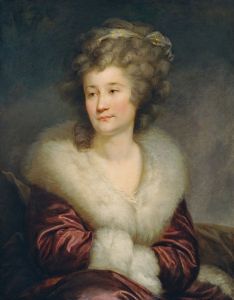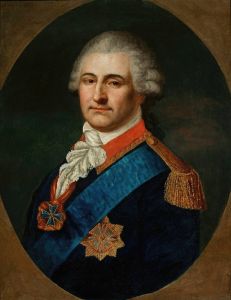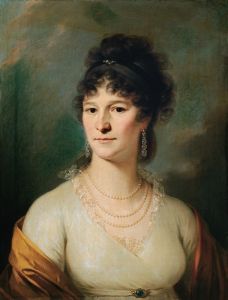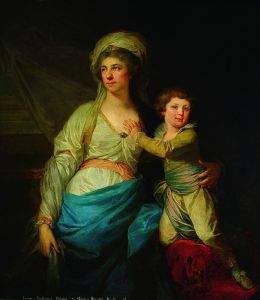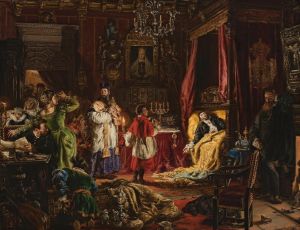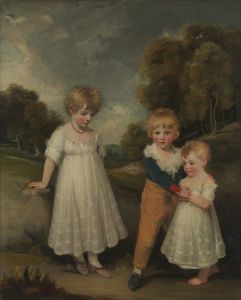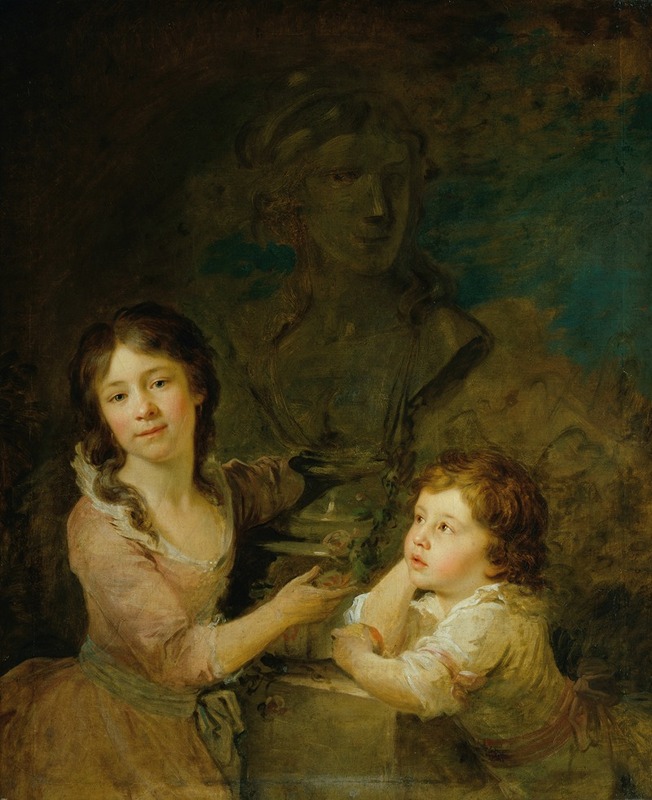
Zwei Kinder aus der Familie der Grafen Thomatis
A hand-painted replica of Johann Baptist von Lampi the Elder’s masterpiece Zwei Kinder aus der Familie der Grafen Thomatis, meticulously crafted by professional artists to capture the true essence of the original. Each piece is created with museum-quality canvas and rare mineral pigments, carefully painted by experienced artists with delicate brushstrokes and rich, layered colors to perfectly recreate the texture of the original artwork. Unlike machine-printed reproductions, this hand-painted version brings the painting to life, infused with the artist’s emotions and skill in every stroke. Whether for personal collection or home decoration, it instantly elevates the artistic atmosphere of any space.
Johann Baptist von Lampi the Elder was an accomplished Austrian portrait painter known for his detailed and expressive works. One of his notable paintings is "Zwei Kinder aus der Familie der Grafen Thomatis," which translates to "Two Children from the Family of the Counts Thomatis." This painting exemplifies Lampi's skill in capturing the likeness and character of his subjects, a talent that earned him recognition and patronage among European nobility.
Lampi the Elder was born in 1751 in Romeno, in the County of Tyrol, which was then part of the Habsburg Monarchy. He studied art in Salzburg and later in Verona, where he honed his skills in portraiture. His career took him to various European cities, including Vienna, where he became a sought-after portraitist. His reputation for creating lifelike and engaging portraits helped him secure commissions from the aristocracy and royalty.
The painting "Zwei Kinder aus der Familie der Grafen Thomatis" is a testament to Lampi's ability to portray the innocence and charm of his young subjects. While specific details about the children depicted in the painting are scarce, it is clear that they belonged to the noble Thomatis family, who held the title of Count. The Thomatis family, like many noble families of the time, likely commissioned portraits to document their lineage and status.
Lampi's style is characterized by his use of soft lighting and delicate brushwork, which imbue his portraits with a sense of warmth and realism. In "Zwei Kinder aus der Familie der Grafen Thomatis," these techniques are evident in the gentle rendering of the children's features and the subtle play of light and shadow across their faces. The children's attire, typical of noble families of the period, is depicted with attention to detail, highlighting the textures and patterns of the fabrics.
Throughout his career, Lampi the Elder was known for his ability to capture the personality and mood of his subjects, whether they were children, adults, or members of the royal court. His portraits often convey a sense of intimacy and immediacy, inviting viewers to engage with the individuals depicted. This quality is present in "Zwei Kinder aus der Familie der Grafen Thomatis," where the children's expressions and poses suggest a moment of candid interaction.
Lampi's work was highly regarded during his lifetime, and he received numerous honors and appointments. He was invited to the court of Catherine the Great in Russia, where he painted several portraits of the Empress and other members of the Russian nobility. His success in Russia further cemented his reputation as one of the leading portrait painters of his time.
"Zwei Kinder aus der Familie der Grafen Thomatis" remains an example of Lampi's mastery in portraiture, reflecting both the artistic trends of the late 18th century and the personal style that made his work distinctive. While specific historical records about the Thomatis family and the children in the painting may be limited, the artwork continues to be appreciated for its artistic merit and the insight it provides into the world of European nobility during Lampi's era.





